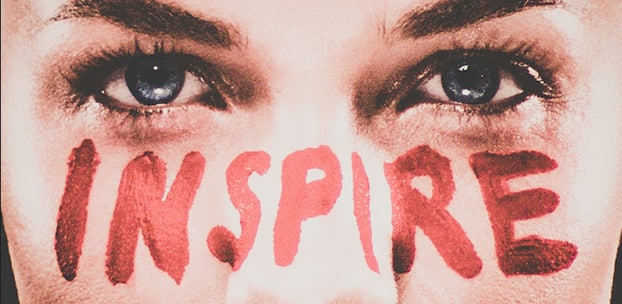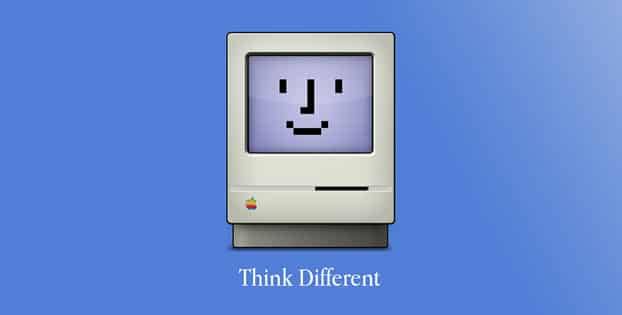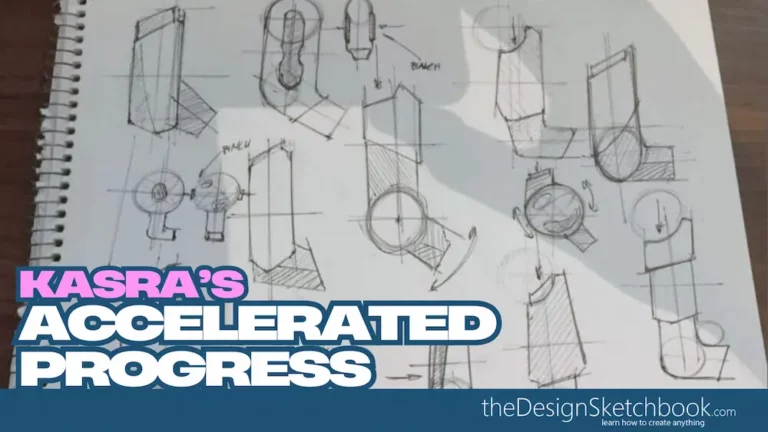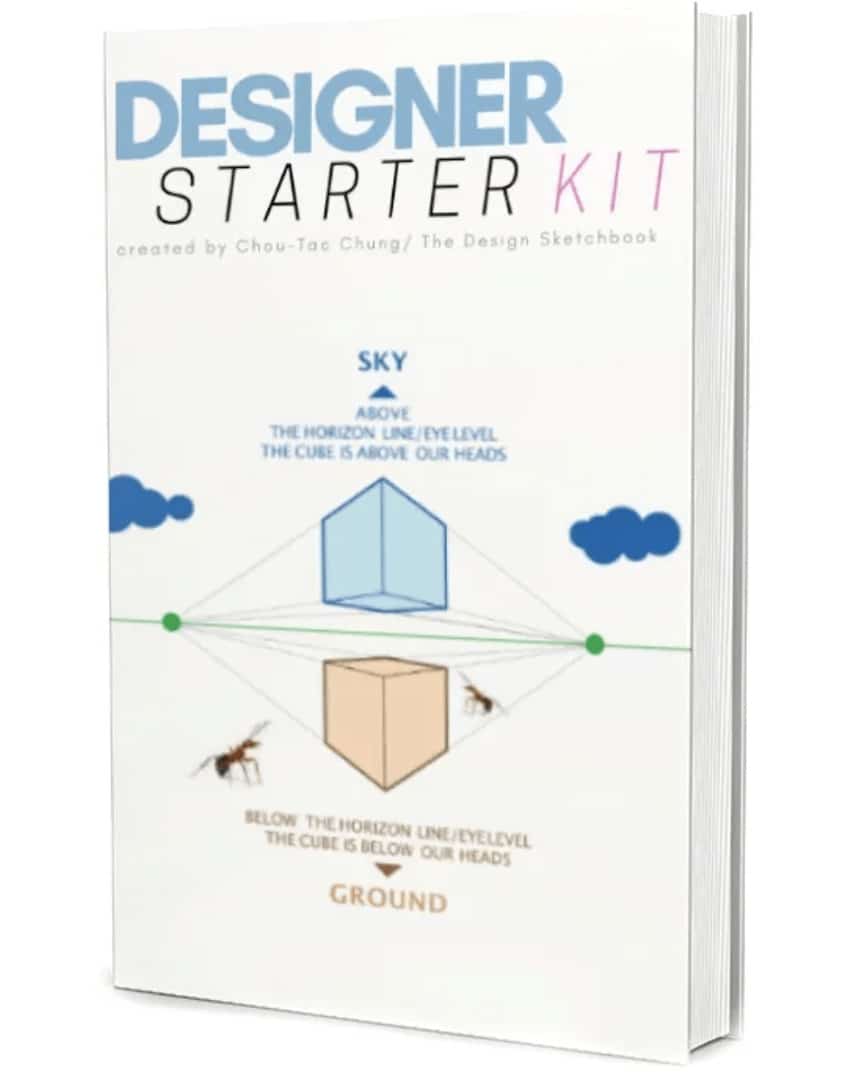It’s surprising how much you can learn from people you met randomly.
Last weekend I went to visit the city of Lyon in France. I went there using carpooling (Blablacar.com). To me, it’s a great way to meet new people and have fascinating discussion.
When I booked the car, I saw an available one which the driver was an Abstract painter.
Yeah! I artist, that guy might be an interesting meeting!
So, I booked that car even though I had to delay a bit my departure. : ) (Some more in the car I also met a young student fascinated by diet for professional sport player. With whom I also learned a lot from!)
I don’t know anything about abstract painting; it is the first time I have the chance to talk to such artist. It was for me a great opportunity to discover a new branch of art.
Let me share with 3 tips I learned from him I believe can inspire Industrial designers.
TIP 1 | Get Daily Inspired

I asked him if he ever carries a sketchbook, sits down somewhere, and sketches regularly. He smiled and said, never.
His inspiration, he said, comes every second of his life. He observes, absorbs, and feels everything around him, storing it deep inside his heart and mind. This is how he paints—with his subconscious and what he calls:
ENERGY.
How can a designer apply this?
Being an Industrial Designer means working with a lot of logic. But it also means capturing and translating your personal experiences, observations, and feelings into your work—through the intangible elements like emotion, color, texture, and form.
A designer’s mind is always connected—not just from 8 AM to 6 PM, but 24/7. We should be open to noticing details and moments that may not seem relevant to design at first but could spark unexpected innovation later. So, always keep a pen and notebook handy to jot down ideas, no matter where you are or when they come.
One of my friends, Adrien Wira, loves furniture design. He keeps a notebook by his bed and wakes up whenever an idea pops into his head—takes a quick note, and goes back to sleep. Ideas are precious; don’t let them slip away.
You know the feeling: “This is a great idea! I won’t forget it!” But somehow, when you need it later, it’s gone—our minds are predictable that way, haha.
TIP 2 | Draw with energy

TIP 2 | Draw with Energy
I love his phrase: “Translating ideas into ENERGY.” Human beings are deeply moved by emotion. Though abstract, his paintings convey feelings that anyone can sense.
Each person has a unique energy.
If you asked two people to paint the same subject with the same steps, the results would be very different. Why? Because their energy, experiences, history, habits, and even their physical bodies are unique—and all that comes through in how they paint.
An abstract artist isn’t just throwing paint randomly on a canvas. He uses his energy intentionally to transmit emotion.
How can a designer put this into practice?
Immerse yourself in the work of many artists. Copy what inspires you at first, then blend those influences to cultivate your own style and sensitivity.
The more you learn from others, the richer your personal energy becomes, making your work truly unique.
Remember, every product detail “feeds” our senses. Energy is what makes user experience memorable and meaningful.
TIP 3 | Think Different

Here’s a story. Two friends were sitting at a café terrace in Paris under a beautiful rainbow. One was a photographer; the other suddenly saw a couple walking and quickly urged his friend to take a picture before the moment vanished.
The photographer clicked—but the shot was of the ground.
His friend was annoyed, saying, “You wasted that shot!”
But when the photographer showed the picture, it was stunning—a delicate reflection of the couple and the rainbow captured perfectly by the puddle.
One friend had the talent; the other had the vision to see things differently.
How can a designer practice this?
Train your eyes to observe the world from a fresh perspective—not just what most people see, but what they might miss. Even in everyday places like a shopping mall, notice details in the IT corner, packaging, or product layout.
Think differently, and you’ll increase your chances of proposing unexpected, innovative ideas.

















Wonderful article Chou-Tac! Thanks 🙂 What your friend Adrien Wira does, keeping a booknote beside his bed so he can take a note whenever a idea pops in his mind, makes me remind of Sensei Morihei Ueshiba, founder of Aikido. In his dojo, in the middle of the night, whenever he dreamt of something related to Aikido, he would wake up, gather his students that were falling asleep, practice and work on what he had dreamt of until he was satisfied then he would go back to sleep peacefully and calm. Meanwhile his students couldn´t sleep anymore because they were all sore after that hard working session with their sensei in the middle of their sleep 🙂
Cheers.
Roger Santos